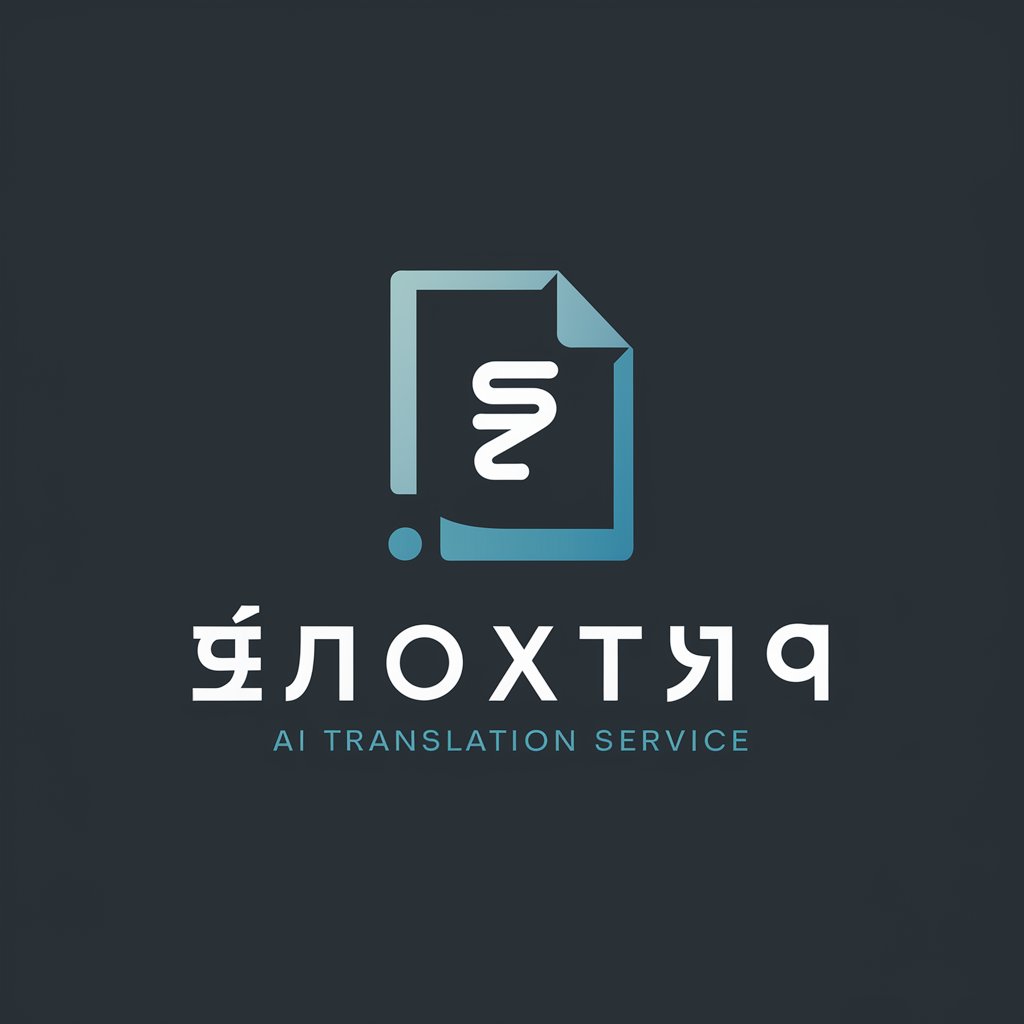OMP Parallel - Efficient Surface Reconstruction

Hello! Ready to optimize 3D reconstruction?
Accelerate 3D modeling with AI efficiency
Explain the benefits of using an octree in 3D surface reconstruction
How can OpenMP be utilized to optimize parallel algorithms?
Describe the role of octrees in improving spatial organization
What are the challenges in parallelizing the Marching Cubes algorithm?
Get Embed Code
Introduction to OMP Parallel
OMP Parallel is designed to assist with the Parallel Marching Cubes project using octree data structure, optimizing the surface reconstruction algorithm from scalar fields in 3D space. It integrates approaches from reference solutions and user-uploaded materials, focusing on enhancing the performance and accuracy of the algorithm through efficient spatial organization. This is crucial for tasks like 3D modeling, computer graphics, and scientific visualization where speed and precision in processing large volumes of data are paramount. For example, in medical imaging, converting MRI or CT scan data into a 3D model requires accurate surface reconstruction, which can be optimized using OMP Parallel's capabilities. Powered by ChatGPT-4o。

Main Functions of OMP Parallel
Parallelization of Marching Cubes Algorithm
Example
Accelerating the process of generating 3D models from volumetric data, such as MRI scans, by using multi-threading to handle different segments of the data simultaneously.
Scenario
In a biomedical engineering lab, researchers working on reconstructing 3D models of organs from MRI scans use OMP Parallel to reduce computation time significantly, enabling faster analysis and prototyping.
Integration with Octree Data Structures
Example
Optimizing spatial queries and data retrieval during the surface reconstruction process, which involves partitioning the 3D space into hierarchical grids for efficient processing.
Scenario
A game developer uses OMP Parallel to quickly generate detailed terrain models from scalar field data. The octree integration allows for rapid updates and level-of-detail management in real-time rendering.
Performance Optimization and Scalability
Example
Utilizing OpenMP pragmas to optimize the execution across different hardware configurations, ensuring scalability and efficient use of computational resources.
Scenario
A climate scientist models complex weather patterns over a geographical area. By leveraging OMP Parallel, they can scale their computational model across multiple cores to achieve faster simulation times, allowing for more complex and detailed analysis.
Ideal Users of OMP Parallel Services
Research and Academic Institutions
Scientists and researchers who require high-performance computing for data analysis, simulation, and modeling tasks. OMP Parallel offers the tools to accelerate these computationally intensive tasks, making it invaluable for projects involving 3D data visualization and analysis.
Game and Software Developers
Developers in need of efficient algorithms for 3D modeling, especially in gaming or virtual reality applications. The ability to quickly process and render 3D environments using parallel computing can significantly enhance development workflows and user experiences.
Engineering and Design Firms
Professionals working on CAD, architectural visualization, and digital prototyping would benefit from OMP Parallel's ability to streamline the process of converting complex datasets into detailed 3D models, optimizing both time and resource usage.

Guidelines for Using OMP Parallel
Start with a Trial
Begin by visiting yeschat.ai to explore OMP Parallel with a free trial, allowing instant access without the need for a ChatGPT Plus subscription or any login credentials.
Understand Your Requirements
Identify your project needs and how OMP Parallel's features can address them, whether it's for data analysis, 3D modeling, or academic research.
Review Documentation
Familiarize yourself with the OMP Parallel documentation to understand its capabilities, limitations, and how to integrate it with your existing workflows.
Experiment with Features
Use the trial period to experiment with OMP Parallel's features, applying it to various scenarios to gauge its effectiveness and versatility.
Seek Support
For complex applications or troubleshooting, don't hesitate to seek support from the user community or the official help resources.
Try other advanced and practical GPTs
AI恋占い~未来恋愛アドバイザー~
Guiding Your Heart with AI

Med-Pharm Assistant
Empowering medical professionals with AI-driven insights.

Rune Master
Translate English to runes with AI.

EPL Betting Bot
AI-driven EPL Betting Insights

Game Mentor
Elevate Your Game with AI-Powered Insights

STOCK-LOAN-SAVANT
AI-Powered Securities Lending Insights

AI Scala Programmer
Empowering Scala development with AI

ASCII Artist
Transform Ideas into Textual Art

Next Vision
Empowering Your Digital Strategy with AI

논문 파일 한글로 번역
Seamless Korean Translation for All Documents

Logic Pro Solver
Unleash Your Musical Creativity with AI

RabbAI - Torah Study Coach
Empowering Torah Study with AI

Frequently Asked Questions about OMP Parallel
What is OMP Parallel designed for?
OMP Parallel is designed to assist with projects that require the Parallel Marching Cubes algorithm for surface reconstruction, especially utilizing the octree data structure for spatial organization and efficiency.
Can OMP Parallel be used for educational purposes?
Yes, OMP Parallel is well-suited for educational purposes, particularly in computer graphics, computational geometry, and parallel computing courses, providing a practical tool for learning and research.
How does OMP Parallel handle large datasets?
OMP Parallel leverages the octree data structure to efficiently process large datasets by spatially organizing data, which significantly improves the performance and scalability of the surface reconstruction process.
Is OMP Parallel suitable for commercial projects?
Absolutely, OMP Parallel can be integrated into commercial projects, offering a robust solution for 3D modeling and visualization tasks that require high performance and accuracy.
What support is available for OMP Parallel users?
Users of OMP Parallel have access to a range of support options, including comprehensive documentation, an active user community for peer support, and direct assistance from the development team for technical issues.
